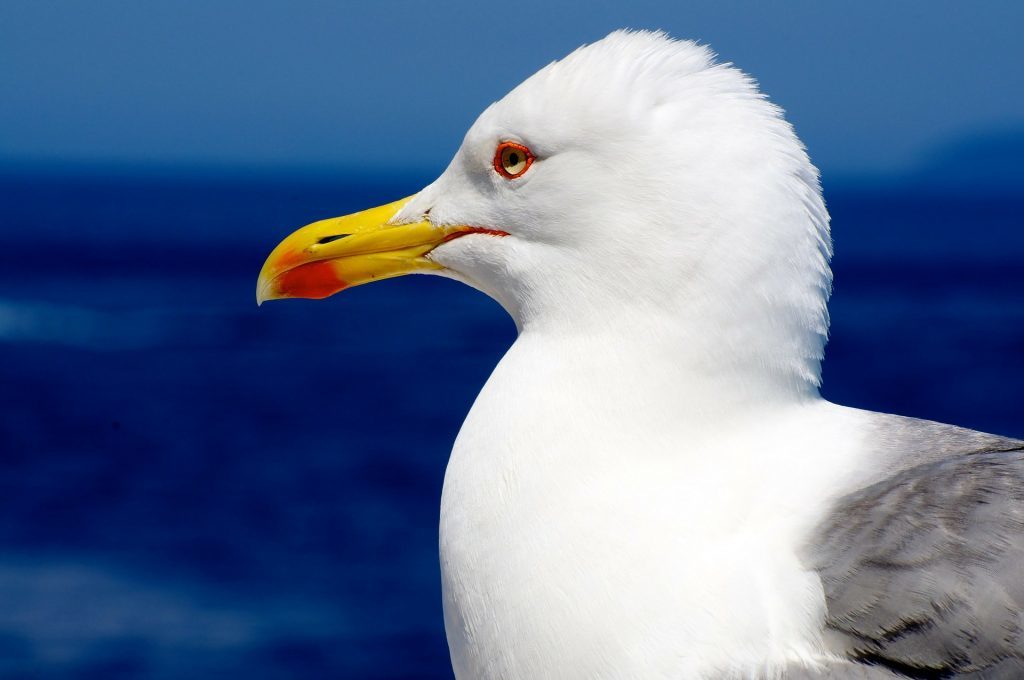
Miniature “bird backpacks” or tiny tracking tags on tail feathers could help reveal how wild birds move around offshore wind farms.
The technologies are among suggestions put forward in response to a challenge from the Offshore Renewable Energy Catapult, on behalf of offshore wind farms, to come up with more reliable and robust tags to monitor sea birds.
The tags have to weigh no more than 3% of the bird’s overall body weight, have a battery capable of lasting for 12 months, be strong enough to withstand attacks and offer a quick release mechanism to prevent snagging.
Proposals include a bird backpack which would contain solar-powered GPS systems, and discreet tags which attach to the tail feathers.
Four shortlisted companies – Pathtrack, the British Trust for Ornithology, Ornitela and Debug Innovations – are now working to targets to find the best technology and test it fully prior to deployment around wind farm developments in the Moray Firth.
The successful company or companies will see their device first used on greater black-backed gulls, although it will need to be adaptable for other birds.
The Catapult issued the challenge on behalf of Moray Offshore Windfarm (East) Ltd (Moray East), with the project supported by Beatrice Offshore Wind Ltd, Marine Science Scotland and Highlands and Islands Enterprise.
Vicky Coy, ORE Catapult project manager, said: “Developing a tag that withstands a bird’s natural behaviour is key to developing a greater understanding of their movements. It’s more difficult than it sounds.
“But the solutions suggested are ingenious. One, for example, is a small backpack which contains a solar charger to keep the battery going, and another attaches discreetly to the tail feathers.
“With battery life a concern, one suggestion was to use ‘geo-fencing’ to ensure full details of the bird’s movements are only transmitted when it’s in the proximity of a pre-determined area, giving us more detail than ever.”
The criteria for the tags are set so they do not interfere with birds’ lifestyle or safety.
Catarina Rei, technical lead on the project for EDP Renewables, which is developing Moray East, said: “Environmental monitoring is already a big part of any wind farm planning and post-construction monitoring, onshore and offshore, and so we are always looking for new ways to improve monitoring, and take advantage of new innovations in, for example, batteries and solar power.
“Developing new techniques and methods is an essential step in improving what we do.
“We’ll be able to gain a greater insight into bird and coastal species behaviour, which will better inform the planning, consenting and operational stage of an offshore wind farm development.”
Nigel Butcher, senior technical officer at the RSPB, said: “This is a really exciting project which will hopefully pave the way for further technological advances in tracking seabirds.
“RSPB has previously worked with several of the shortlisted companies and, given our experience with them, are confident that the criteria for the new tags will be met to an incredibly high standard.”
He said that as well as providing information about seabirds at this one wind farm site, the devices could be used to monitor bird populations elsewhere.
Recommended for you
